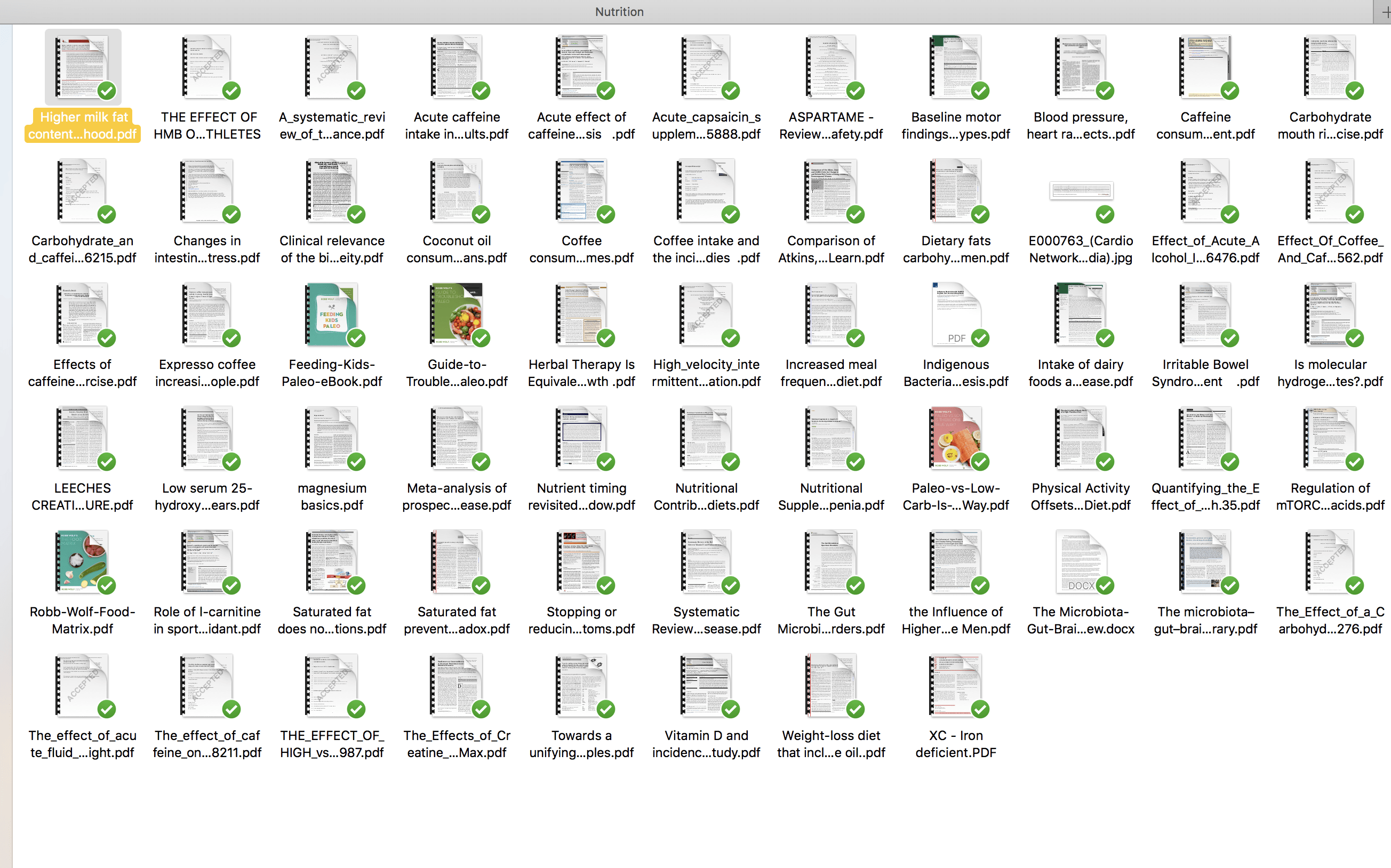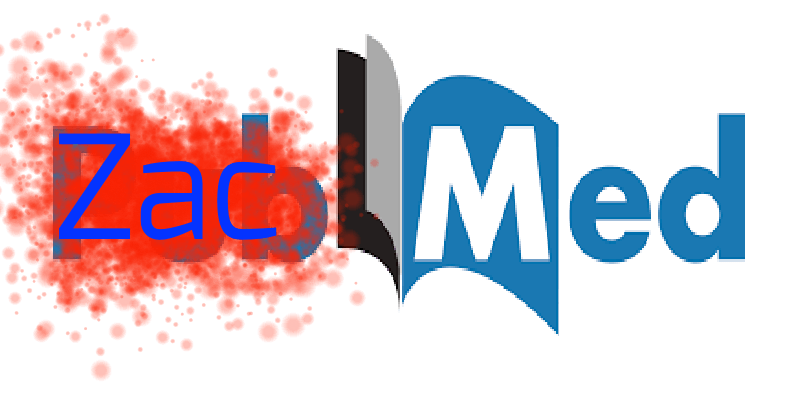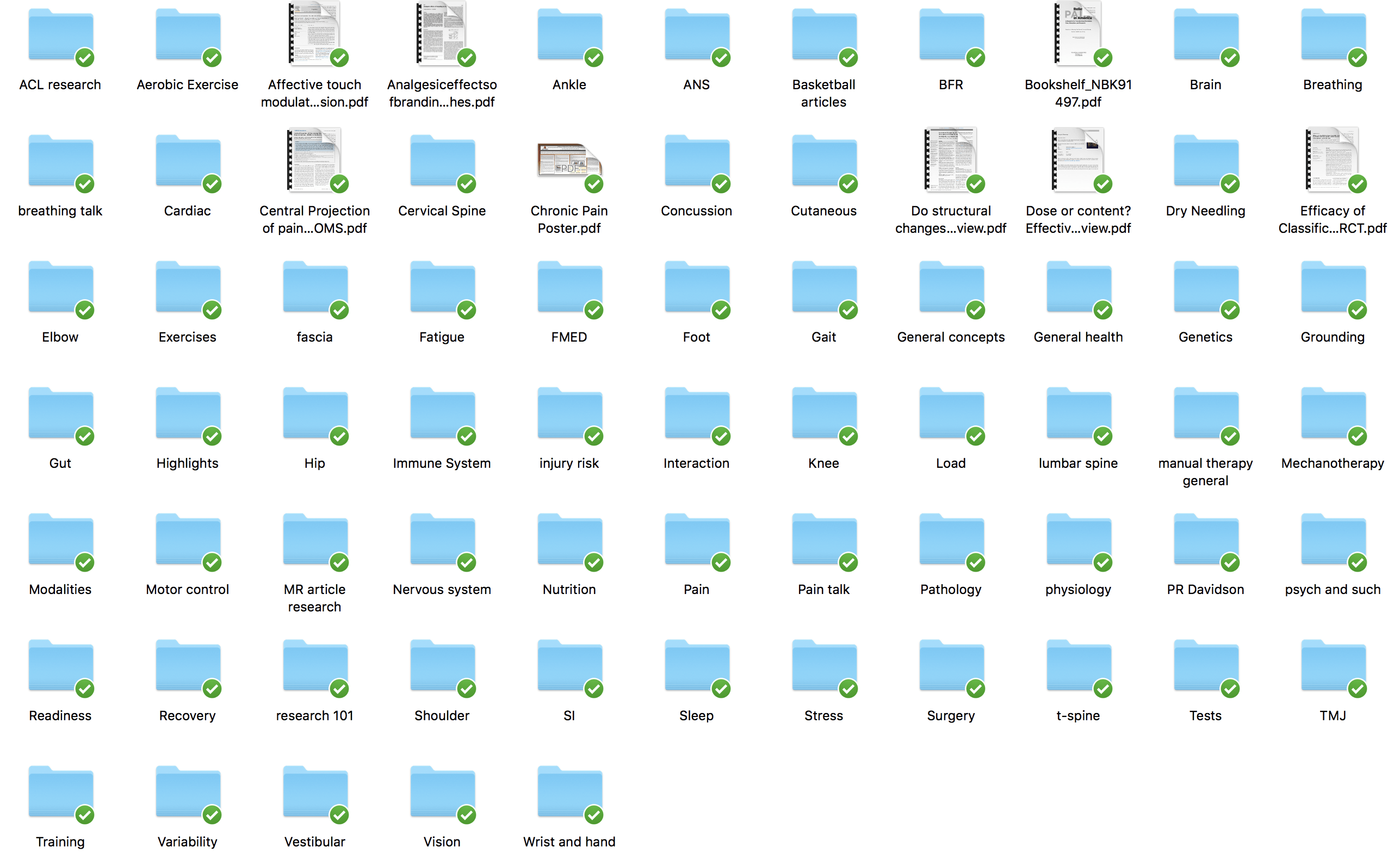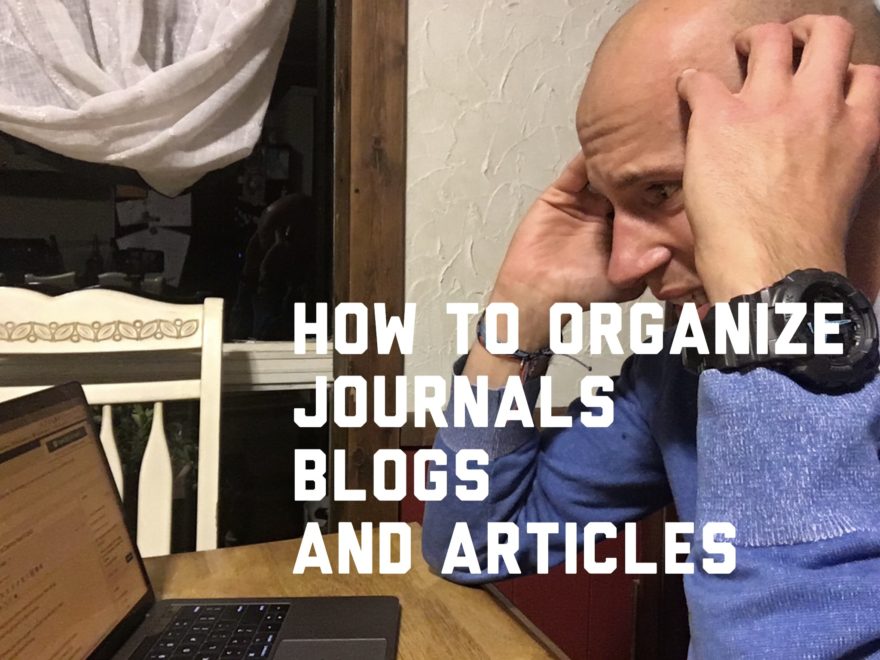You wake up, make your bed, do your ahem, bathroom business, then slowly sulk your way to the kitchen to get some coffee brewing.
While the good stuff brews, you open up your computer and decide to check what’s going on in the good old internet today.
Then it happens.
You see 20 new blogs on your blogroll, Facebook has shared 13 different posts that sound unbelievable, but oh wait, check out that tweet showing Tim Ferriss finally interviewed Zac Cupples (#dreaming), and then oh snap, Eminem just dropped another new song on Spotify!
And then you accomplish nothing.

I see this problem time and time again with many of the mentees that I work with, and I occasionally fall into the trap myself. We see so many interesting articles coming out on a regular basis, and the pull from FOMO is real.
With so much to consume and so little time, what are we to do?
The short answer: consume at the right time.
Yes, the learning process has to involve impeccable timing with consumption. I’ve spoken about just in time learning ad nauseam (here and here), and it is key to both solving problems and retentaining new information.
Consuming a cornucopia of random posts, articles, podcasts, and Youtube videos without direction is a recipe for time wasting. You fleet from one cool article to the next and…oh wait, what was that last article about?
We’ve all been there, and the struggle is real.
So how do we overcome this nerd FOMO that we all at some point give into?
What we have to do is give in to that little dopamine hit that comes with every click, but repurpose what we do what the new information.
Instead of consumption, we shift to accumulation.
Table of Contents
The Death of Consumption
When you accumulate and store articles, posts, etc, you not only satisfy your nerd craving, but also build an arsenal of things to reference when the learning time is right.
Here is an example of one of my accumulation folders that I have for research on a specific topic.

One of my future areas of study is going to be in nutrition, because I know how powerful supportive nutrition can be, but it’s just not in the cards for me right now.
When I come across a study that sounds incredibly intriguing, I sock it away in the nutrition folder, knowing that I’ll be able to pull that relevant study when the time is right.
Or perhaps a better article will come out that makes the former study irrelevant, which means I save time by trashing the outdated article.
It is this accumulation, this nerd stockpiling, that has me prepared to dive into any topic at a moment’s notice.
I call it, Zacmed™.

Here is how you can build your own.
Research Mining 101
Research accumulation where I spend a bulk of my stockpiling time. Gotta stay #EBP if ya know what I’m sayin’.
This process works not just for journal articles, but basically any downloadables. That means ebooks, powerpoints, JPEGs, anything goes through this process.
Here are the mining steps.
Step 1: Subscribe to journal article email alerts
This piece is critical. It’s hard to keep up with the latest and greatest of research with just a Pubmed search. Hell, you may not even know what keywords to look for.
If Pubmed searching is shopping on Amazon, email alerts is going to Barnes and Noble. Yes, you limit your selection, but your browsing can be much more focused. Fewer options make for easier selection.
If you want a quick an easy way to subscribe to mulitple journal alerts, get a free account at ScienceDirect. Just sign up, go to manage alerts, and you are in business.
Journal selection is going to be totally dependent on what you do and what trips your trigger, but here is a list of the journal I subscribe to (I’ll add more as time goes on, I sometimes forget which ones I subscribe to):
Journal of Orthopedic and Sports Physical Therapy
International Journal of Sports Physical Therapy
British Journal of Sports Medicine
Frontiers in (way too many of them)
New England Journal of Medicine
Journal of American Medical Association
Journal of Electromyography and Kinesiology
Journal of Manipulative and Physiological Therapeutics
Another possible option is scouring social media, which I sometimes do, but you have to watch not getting sucked down cat videos for multiple hours.
Yeah. It’s a lot of possible information coming into your inbox, but the key to not being overwhelmed is in the screening process.
Step 2: Screen the email alerts
Once the floodgates open on your email alerts, you must slow the information flow by properly screening useful studies.
The simple solution is to scan the titles. If your interest is piqued, click on the article, scan the abstract, then decide whether or not you need to pursue article acquisition.
I try to get each email done in under 60 seconds. If nothing is intriguing, delete.
Step 3: Project PDF Procurement
Now the fun begins. Many journals will have open access (yay), some you may have to go with like a google scholar or other type of search to get access (meh), and of course you’ll have some brilliant pieces that deny easy access (boo).
How’s a fam supposed to stay #EBP in this case?
Well I can’t tell you directly how to get article access, but this blog does a great job of explaining the many different ways you can retrieve articles. Some legal, some well, more along the Robin Hood side of acquisition. It’s your conscience, not mine.
Once you get the “physical” article copy, move on to step four.
Step 4: Place the PDF in the organized folder
Here is the key. As you are downloading articles left and right, you need a place to store them. Download Dropbox and get your 1TB subscription, that way you can access the articles whenever you so desire.
From here, I have 3 folders in which I place my articles:
- Reading List – Articles I haven’t read
- Highlights – Articles I’ve read, but haven’t formalized into my notecard system
- Evidence – Articles I’ve read and that made it to the notecard system
Organize each folder based on the topic of study. Again, this will be individualized, but here is a look at what my reading list folder looks like:

In order to simplify titles on my notecards and expedite study retrieval for reviews, I have a classification system I use. Like some Dewey Decimal kinda stuff #throwback.
Say I read an article that’s in the ACL folder. I’ll then retitle that ACL7 (if it’s the 7th article I’ve read), then any notecards attributed to that article will have ACL7 in the title space.
Step 5: Scour the folder when a problem arises
Here is the implementation and consumption part. Once you have a problem or question, you browse related folders, pick titles that seem like they would help you, read, and repeat. This is exactly the process I went through for my pain and breathing talks.
Saving Blogs and Articles
The process is a bit different for internet articles; namely because it’s a bit more work to get “physical” copies. For these, I have a few separate strategies.
But first, how do I access blogs?
I have two means of getting blog access. One is email subscriptions. Not only with these do you get access to exclusive content, but generally if products come out from people you respect, you’ll get some solid discounts. Definitely worthwhile.
[yikes-mailchimp form=”1″ submit=”Like, maybe you want nearly 3 hours of talks and 50 pages of notes or something”]
I also have an RSS feed through Feedly. Here I can see all the newest blogs that my peeps have put out, and it makes reading selection go much faster. If a post is irrelevant to my tastes, I can checkmark that I read it, and it goes away.
If the post is relevant, then I have a couple options:
Option 1: Read/skim immediately
The only reason I do this is because I want to share current stuff with my newsletter fam. Unless it’s like something super fascinating. Sometimes you have to give in. People write interesting stuff it turns out.
If something really resonates with me, and I need to know it for later, I’ll notecard it immediately or take notes on Google Keep and notecard later.
Option 2: Download to Evernote
This is by far my favorite option and most used. If there is a post or article that I know I want to read, but don’t have time when it comes out, I’ll simply copy the text and paste it to Evernote.
What’s nice about this strategy is that I can then read the article offline on any device, greatly enhancing portability. And if you are a Feedly user, you can save the article immediately to Evernote.
Pocket is also another potential option, but what’s nice about Evernote is I can categorize articles in a manner similarly to what I do for research articles. That way when a topic comes up, I just go through Zacmed™ and Zacnote™ for inspiration.

Sum Up
Accumulating and categorizing is the key to saving time, staying focused, and being prepared when a problem comes your way.
To summarize:
- Accumulate first, consume second
- Subscribe to journal alerts
- Design categorical systems to place your information
- Scour when the time is right
What strategies do you use to accumulate knowledge? Comment below and let us know!
Photo Credits
Wikimedia Commons (modified by yours truly)
Flickr (modified by yours truly)



6 responses to “How to Organize Journals, Blogs, and Articles”
Awesome post. I love the detail. Have you tried the app Papers for searching and storing research articles? It’s perfect for this.
I have not, but I am definitely checking it out now. Appreciate the share, Ryne 🙂
Z
Zac… I cannot even finish reading your page here .. I am laughing so much at your Gotcha!!! I valentines been Got since my children ‘hitting me’. Great one. Thank you. I am still chuckling: )
hahahaha I am to please 🙂
Gitting not hitting
So sorry for auto correct. It should read I ‘haven’t been got since’…. whewh. Obviously not a techno kid.